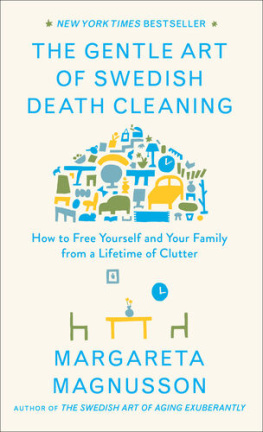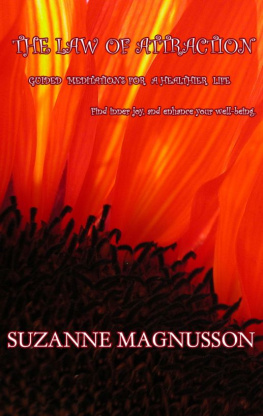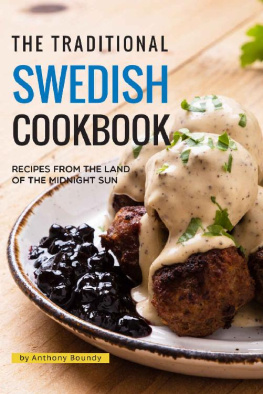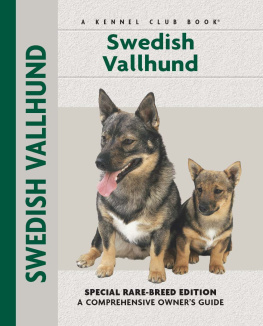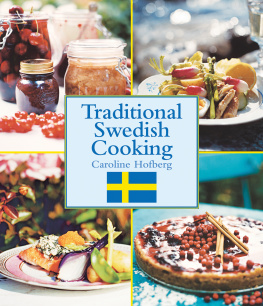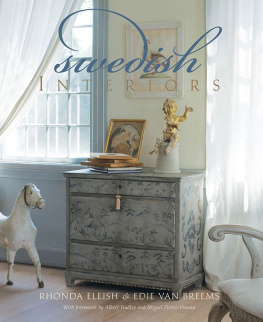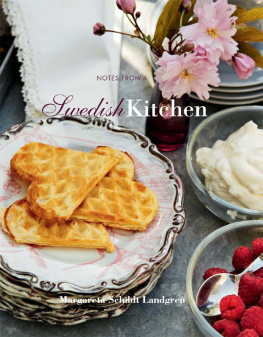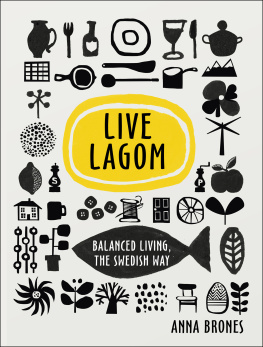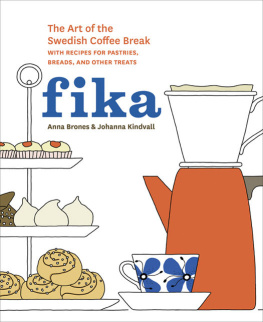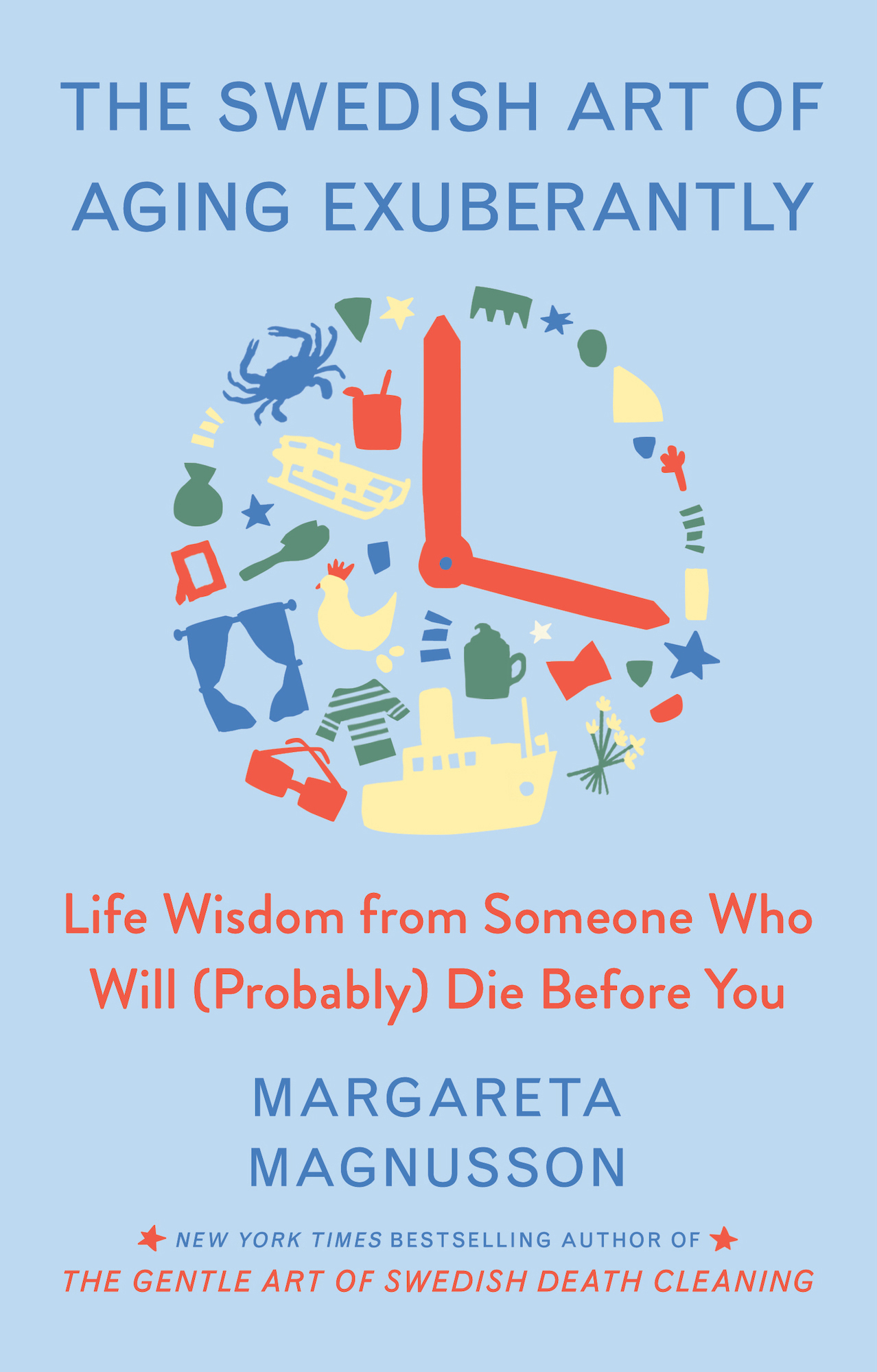Contents
Guide
The Swedish Art of Aging Exuberantly
Life Wisdom from Someone Who Will (Probably) Die Before You
Margareta Magnusson
New York Times Bestselling Author of The Gentle Art of Swedish Death Cleaning
Advance Praise for Margareta Magnusson and The Swedish Art of Aging Exuberantly
A thought-provoking guide for how to take life in with clear-eyed humorwhatever age we are. Definitely read this funny, very wise book before you die. Afterward, its availability may be severely limited.
Daniel Klein, bestselling author of Travels with Epicurus: A Journey to a Greek Island in Search of a Fulfilled Life
Praise for The Gentle Art of Swedish Death Cleaning
A fond and wise little book I jettison advice books after Ive flipped through them. This one I will keep.
Dwight Garner, The New York Times Book Review
A slim yet sage volume While Marie Kondo gave us strict instructions to only keep things that spark joy, Magnussons book is straightforward and unsentimental (with a bit of humor). The main message from this mother of five is: Take responsibility for your items and dont leave them as a burden for family and friends.
The Washington Post
Witty, useful, and oddly profound.
Entertainment Weekly
Proustian A primer on how to winnow your belongings before you die, so you dont burden your family Ms. Magnusson is the anti-Kondo, who takes us on a charming and discursive tour of her own stuff.
Penelope Green, The New York Times
Magnusson shares solid guiding principles for organizing your home, no matter your age or life circumstance.
Business Insider
One of the most charming, funny, and motivating books Ive read in some time Magnusson is an absolute delight. This book is so much more than lifestyle tips. Its full of life. Magnussons candid humor and unassailable spirit come through on each page. The best way to prepare for death is to live a good life, which Magnusson has done. Were lucky that she shares so much of itin stories of gratitude, family, work, and love.
Buzzfeed
Magnusson uses a dry, unsentimental, and sometimes dark Scandinavian sense of humor, and writes with an older set (and their younger relatives) in mind. Like a conversation over tea with a friend.
Associated Press
Death Cleaning is the answer to clutter youve been looking for. Magnusson instructs readers on how to gently and joyously put your affairs in order while youre still alive, rather than leaving it for others to do.
Readers Digest
Smart Death cleaning isnt about getting rid of all your stuff, but rather streamlining your life so youre only holding onto what makes you happy. Its about so much more than dusting and sorting.
Elle Dcor
Reading her book is much like having a sensible, cheerful aunt sit you down to tell you hard truths that your mother is too nice to say.
Laurie Hertzel, Minneapolis Star Tribune
Keep only what you love and what makes you happy in the moment. Its like Marie Kondo, but with an added sense of the transience and futility of this mortal existence.
The New York Post
Has benefits you can enjoy while youre still very much alive Could be a good way for families to discuss sensitive issues that might otherwise be hard to bring up.
Time
Pragmatic The idea in this system is that we should leave behind as little as possible, or at least, not the many thousands of items of junk that Americans often accumulate.
W magazine
Even millennials will enjoy this nonmilitant approach to decluttering.
People
A mindful way to sort through your belongings throughout your life, so that your loved ones arent burdened by a plethora of personal items after you die Magnusson advises that the earlier we start the process of death cleaning, the better, so were not overwhelmed with a lifetime of objects by the time were elderly people.
Better Homes and Gardens
I far prefer the charming, empathetic technique of Margareta Magnusson, whose book is a game changer. I highly recommend it for anyone wrestling with a lifetime of wonderfuland not so wonderfulstuff.
Amy Dickinson, Ask Amy
[With] humorous common sense, she rightly reminds readers that it takes time to downsize and that putting it off wont make it go away.
Booklist
For my husband,
LARS
PROLOGUE
The year I was born, the life expectancy for a Swedish woman was a little over sixty-six years and for a Swedish man was a little under sixty-four. My mother died at sixty-eight; she liked to follow the rules, while my father died at eighty-oneIm sure he would have lived much longer if my mother had been there with him.
If I go by the actuarial tables, I should be long dead by now. If I go by the experience of most of my family, Im practically a spring chicken at age eighty-six. My great-grandmother died at one hundred. Is it possible I could live for fourteen more years? It would seem so, but I think I wont. Or at least, some days, I hope I wont.
What does anyone do with ones time when one lives so long? Well, a few years back, one thing I did was write a book about a tradition we have here in Sweden. The tradition was sometimes called dstdning, literally in English death cleaning, and because it is something that older women doand society can often be very uninterested in older womens day-to-day livesthis practical, useful philosophy had not yet been noticed. So, I wrote a book called The Gentle Art of Swedish Death Cleaning; it came out in thirty-two countries and is aimed at all of useven men!who are in the latter half of life, though I have heard from a number of enterprising thirtysomethings who say theyve already put the idea to work and have found it very useful, bringing calmness and order to their lives.
The idea is that we should not leave a mountain of crap behind for our loved ones to clean up when we die. Why would your family and friends want to take time out of their busy lives to clean up your mess when you clearly could have taken care of it yourself? Remember, your kids and your other loved ones may want some of your stuff when you are gonenot all of your stuff. So, we can help them narrow down the selection.
The book and the idea seemed to take on a life of their own once the book was published. For a year or two, I suddenly became very busy, much busier than I ever imagined I would be deep into my eighties. I found myself sitting for press interviews and answering questions about death cleaning from around the world, from Vietnam to the United Arab Emirates to Germany. I even traveled to London for the publication of the book there. In many of the interviews and articles, I was asked to show how I do my own death cleaning at home. By the time the whirl of press activity ended, I had death cleaned my little apartment so many times, I had practically nothing left!
I felt light and clearheaded. With all the stuff of my life no longer weighing on me, I began to refocus on what I would do now that I had no more death cleaning ahead.
If I end up following the footsteps of my great-grandmother, I might possibly have more than a decade of life still left to fill, so I began to look around me to see what remained, what I had in fact actually kept after all my death cleaning. I found Id kept my memories and I now lived in a smaller, simpler way. I could actually see my life, now that there was less mental and physical clutter; I could enjoy my life more fully, even though of course there are other difficulties that come with aging.

